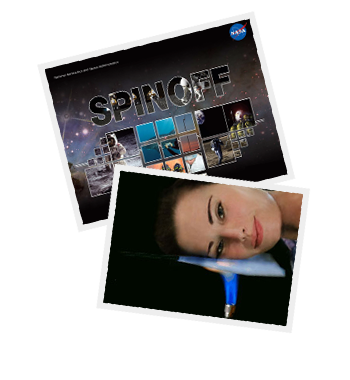What is an Aerogel?
To give you an idea what makes aerogel a special material for so many uses, it is instructive to provide some structural and functional definitions.
What is a Gel?
Many chemical reactions that involve polymerization of molecules form dispersed nanoparticles in solution, particularly those that occur in three dimensions via cross-linking between growing solid chains. A gel precursor is a chemical or mixture of chemicals that can be activated toward molecular nucleation into small colloidal particles. A gel forms when a solution of these dispersed nanoparticle colloids (also called “sols”) are induced to form a semi-solid form via interparticle condensation. Sols can be stable for very long periods of time if the solution conditions are not conducive to interparticle condensation. When a catalyst is added to create the appropriate conditions for interparticle condensation, the viscosity of the solution can increase very rapidly as the semi-solid state is reached.
What is an Aerogel?

NASA’s New Nano-Technology AEROGEL
Breakthrough Scientific Innovation now available for construction!

What are Aerogels made of?

